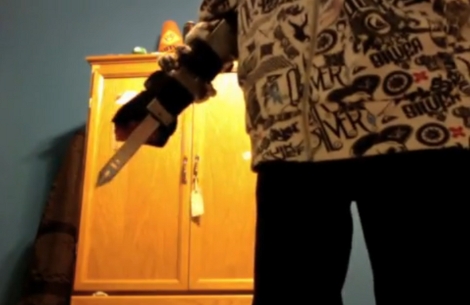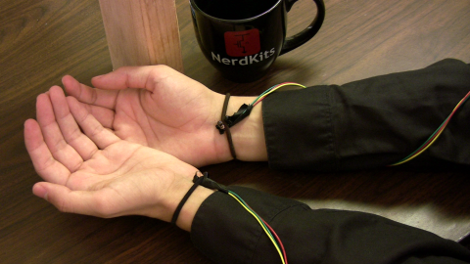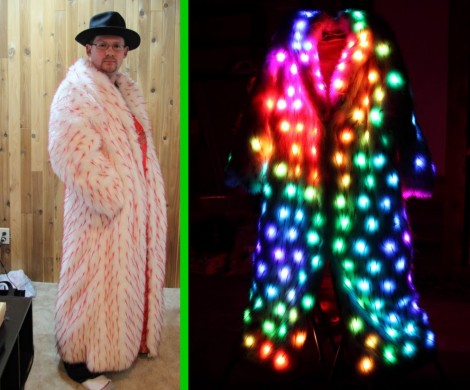
[Jeff German] improved upon his DIY direct to garment printer an ended up with a machine he thinks is equivalent to anything you can buy commercially. We last looked in on this project in June but much has been done since then. Most notably, there are build instructions available (requires login). [Jeff’s] printer is based around an Epson R1900 plus the base that holds and feed a garment. Take a look after the break to see it printing full color designs in high resolution. From the YouTube description it sounds like he wants to go into production with this. Kudos to him for also sharing the build techniques.
















